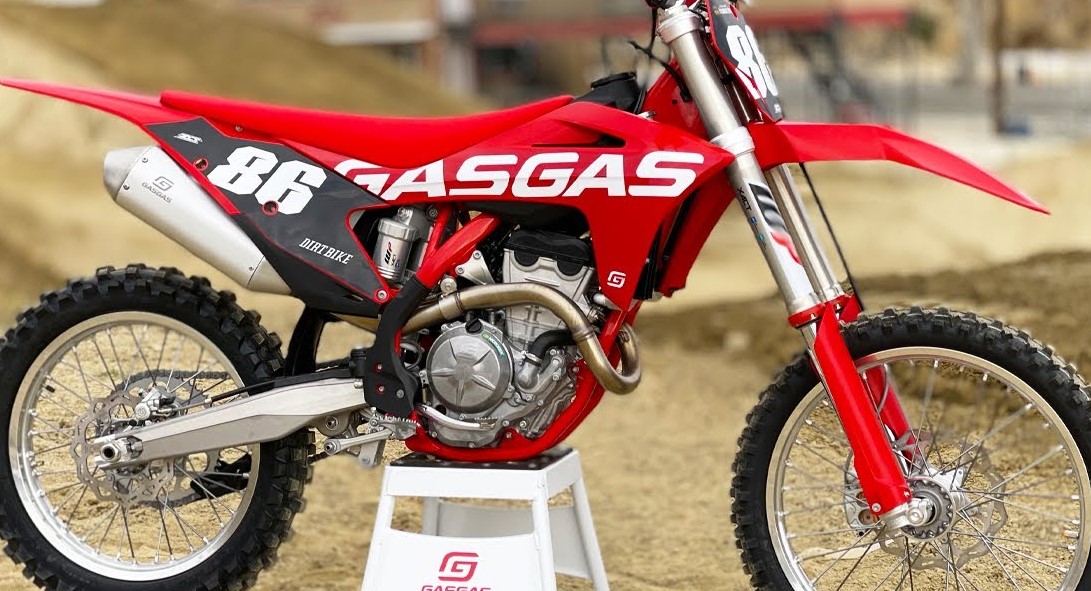Day by day increasing pollution and scarcity of gasoline fuels has prompted us to think for alternate energy. Due to its many advantages over gasoline fuel, including a higher-octane rating and lower emissions, liquefied petroleum gas (LPG) has become a popular alternative vehicle fuel.
LPG As Fuel
As a fuel source, LPG is a by-product of the oil and gas industries. Two methods exist for its production: petroleum refining and natural gas extraction. LPG obtained through petroleum refining accounts for 10%-15% of the quantity of petroleum, whereas LPG obtained from natural gas motorcycle accounts for 3% of the quantity of natural gas.
Bi-Fuel LPG/Gasoline Motorcycle
The most pressing issue is figuring out how to provide the correct mixture percentage throughout all motorcycle engine operating regimes. Cars equipped with a liquid petroleum gas (LPG) system have the fuel leave the reservoir in a liquid condition before being vaporized in a vaporizer.
Pollutant emission
The quantities of CO and HC in the LPG case are lower than those in the gasoline instance, according to an analysis of pollution generated under varying conditions of operation. The rate of pollution reduction could be as high as 70%. In higher-load situations, the reduction rate becomes more crucial.
Economy
Under similar conditions, the average consumption of an LPG motorcycle is approximately 110 km/kg, while the consumption of a gasoline motorcycle is 68 km/kg. The gasoline price policy of each nation affects the level of interest among users. The use of LPG in automobiles is subject to a different tax structure in some countries.
Force and Endurance Of Engine
Even with the same compression ratio, the lower volume efficiency of LPG fuel compared to gasoline might diminish the output of the engine by as much as 10% if the combustion chamber is not altered. LPG fuel has a higher-octane rating than gasoline, allowing for a greater compression ratio to be used in LPG engines.
Value and Efficiency
When deciding whether or not to make the conversion to LPG, consumers should take into account three primary forms of cost. Capital expenses, maintenance expenses, and operating expenses are the three categories of expenditures.
Expenses Involved In Investing
Owners can make the conversion to LPG in one of two ways: either by purchasing a new LPG vehicle made by an OEM, or by converting their existing gasoline or diesel car to run on LPG. The cost to maintain a car powered by LPG is slightly less than that of a vehicle powered by gasoline or diesel.
Advantage
It has a lower carbon content than gas. When compared to conventional motorcycles, those driven by liquid petroleum gas emit 50% less carbon monoxide per Km and 20% fewer nitrogen compounds. As a result, LPG significantly cuts down on pollution.
Disadvantages
Typically, engines are made to take in a specific amount of the fuel-air mixture. This means that at maximum power, an engine using LPG will be 10% less powerful than one using gasoline.
